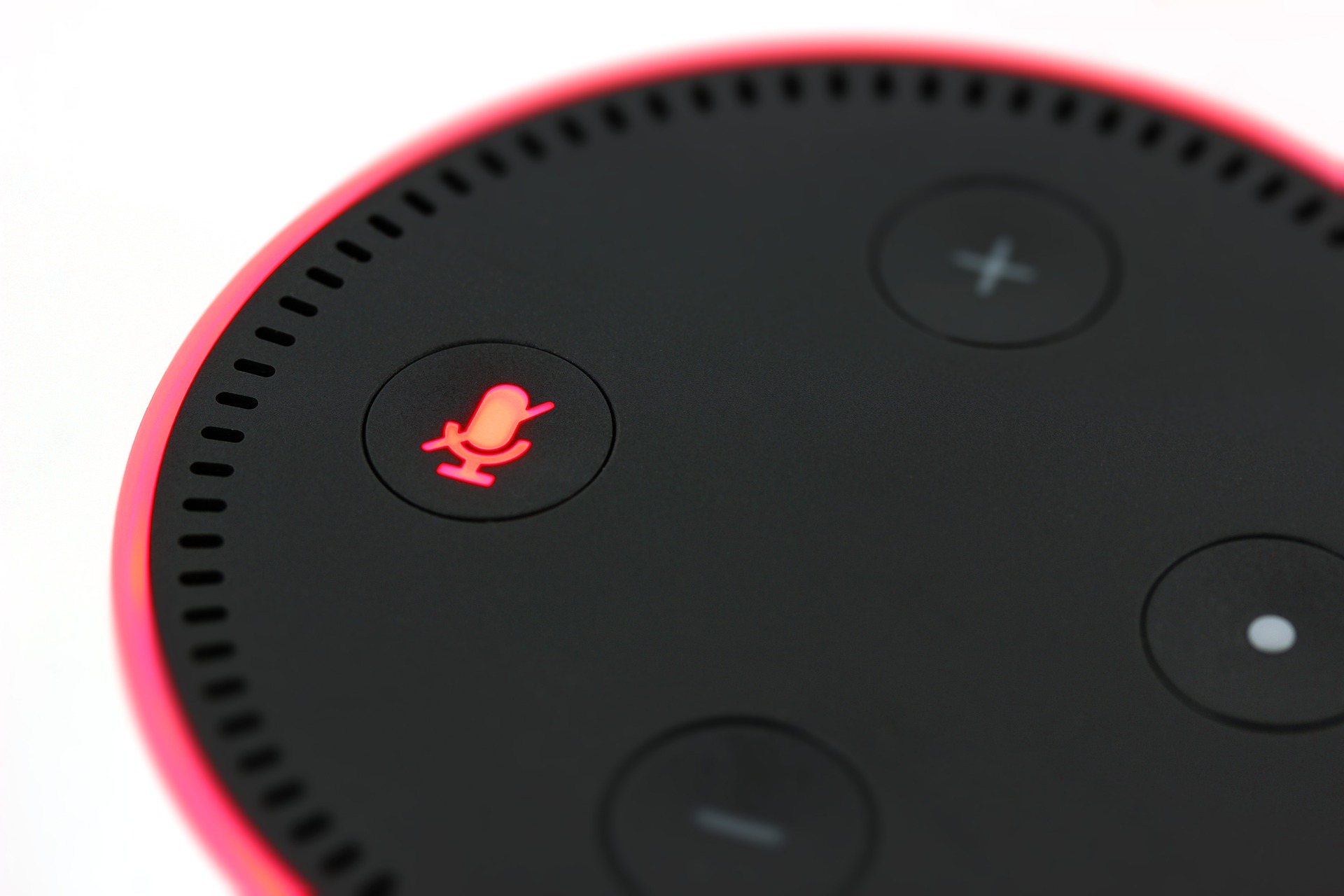
The explosive growth of one-way conversational devices is great news for WebRTC. Even though the market is fairly young, with devices like Amazon Echo making their debut less than four years ago in 2014, adoption continues at a rapid pace.
While Amazon doesn’t disclose specific sales numbers, Jeff Bezos has revealed that, as of 2017, the company has sold tens of millions of Alexa-enabled devices. That’s not to mention Google Home, believed to have sold over 14 million to date. Let’s take a look at where this exciting new trend is headed.
What’s Happening Now
Apple’s entrance into the personal assistant–enabled wireless speaker market with this year’s debut of the HomePod shows there’s still plenty of room for new-to-market companies to offer enticing products. Starting with iOS 11.3, for instance, Apple began introducing WebRTC-enabled support for progressive web apps. And at this year’s Worldwide Developers Conference, Apple announced Siri Shortcuts, a way for users to create custom interactions with Siri similar to how Alexa can take advantage of custom skills.
Though Apple’s new technologies are in their infancy, it’s easy to see how Siri Shortcuts combined with HomePod could lead to an Amazon Echo–like ecosystem that offers a wide range of one-way conversation.
Market Size
The one-way conversational device market shows no sign of slowing down. Looking at devices like Alexa, Google Home, and Apple HomePod, Gartner anticipates the virtual personal assistant–enabled wireless speaker market to grow to $3.52 billion by 2021. Juniper Research anticipates that smart speaker–like devices will be available in 55 percent of U.S. homes by 2022, forecasting over 175 million devices in use.
Amazon remains the dominant player in the space, with Alexa commanding nearly 71 percent of the market as of 2017. More than 25,000 Alexa Skills are currently available to enhance the platform, including customer service–focused skills like Dialpad and Twilio that utilize WebRTC to connect users to support staff.
While it might seem easy to write off the market as disillusioned or overhyped, users are taking one-way communication devices seriously. More than one-third of millennials are already choosing to rely on some sort of virtual assistant software on a daily basis.
What It’s Used For
WebRTC is currently powering a variety of different solutions for one-way conversational devices:
- Dialpad, a cloud-based phone and messaging system for businesses, relies on WebRTC for its phone systems. Through its Alexa Skill, users can control Dialpad by voice to place calls, send text messages, listen to voicemails and check analytics reports.
- Twilio’s cloud contact center platform can be used to send programmable SMS and voice messages to and from any user. Users can interact with Twilio’s platform through Alexa Skills.
- Echosim.io, an online Alexa Skill testing tool, even uses WebRTC to simulate Alexa commands on itself.
Main Concerns
One of the biggest hurdles for the adoption of one-way conversational devices remains privacy. Fears about having an always-active microphone in the home came to life when last May, an Alexa user’s private conversation was recorded and mistakenly sent to a person in their contact list. While Amazon was able to explain how Alexa misinterpreted background noise as commands and ultimately triggered the recording that got sent, it’s easy to see how privacy advocates are wary of having their every word or phrase committed to memory.
One-way communication devices and the broader Internet of Things may offer unprecedented convenience and personalization, but users still need to feel a sense of trust and security in order for these devices to become ubiquitous.
Where It’s Headed
The future of one-way conversational devices looks bright, with the industry continuing down the path of rapid growth and adoption. Google, whose Chrome web browser and Hangouts chat platform are already making great use of WebRTC, offered its vision of the future with Google Duplex. An AI-based phone calling platform, Google Duplex can mimic the human voice and hold real, live conversations with people over the phone.
Though this technology is still brand-new, it offers an incredible glimpse into the possible future of interactions with one-way conversational devices. Chatbots and AI that are indistinguishable from real people will transform the business world, making customer interaction and satisfaction a far more pleasant and automated experience.
This post is a continuation on our series on real-time communications and WebRTC verticals. To see previous posts in this series, please check out our first post WebRTC Verticals Series - A Sweeping Introduction.


